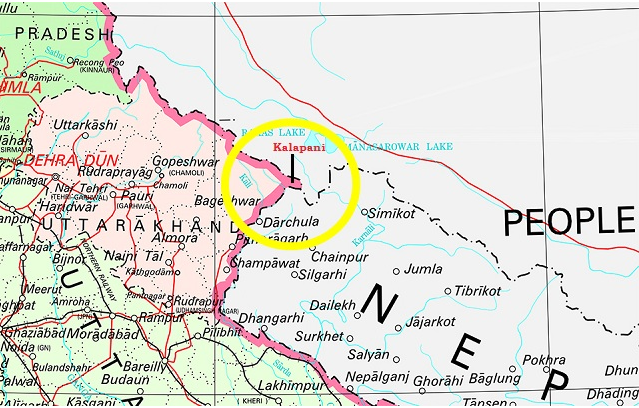International Relations
China Builds New Dam in Tibet
- 23 Jan 2023
- 5 min read
Prelims: Line of Actual Control, Mabja Zangbo drive, River Ganga, Brahmaputra River.
Mains: Concerns over China’s Building New Dam in Tibet.
Why in News?
China is constructing a new dam on the Mabja Zangbo river in Tibet, close to the tri-junction of India, Nepal and Tibet, raising concerns since China has ramped up creation of military and dual use infrastructure and in the eastern and western sectors of the LAC (Line of Actual Control).
What is the Background?
- The development comes in the wake of China unveiling plans in 2021 to build a massive dam on the lower reaches of Yarlung Zangbo to generate up to 70 GW of power, three times that of the country’s Three Gorges dam, which is the world’s largest hydropower plant in terms of installed capacity.
- The Brahmaputra, known as Yarlung Tsangpo in China, is a 2,880 km long transborder river that originates in the Mansarovar lake and flows 1,700 km within Tibet, 920 km in Arunachal Pradesh and Assam and 260 km in Bangladesh. It accounts for nearly 30% of freshwater resources and 40% of India’s hydropower potential.
What is the Location of The Dam?
- The new dam is located around 16 km north of the tri-junction and is opposite the Kalapani area of Uttarakhand.
- The dam is on the Mabja Zangbo river, a tributary of the Ganga.
- Construction activity on the dam has been observed on the northern side of the river in Burang county, Tibet since May 2021.
- The Mabja Zangbo River flows into Nepal’s Ghaghara or the Karnali River before it joins the Ganga River in India.
What are the Concerns?
- Dominance over Water:
- China is building an embankment type dam with a reservoir, which raises concerns regarding China’s future control on water in the region.
- Likelihood of Military Etablishment:
- In addition to using water as leverage, the possibility of a military establishment by China near the tri-junction cannot be ruled out as the country had developed the same in the Yarlung Zangbo river near Arunachal Pradesh.
- Water Scarcity:
- China can use this dam to not only divert but also store water which could lead to a scarcity in the regions dependent on the Mabja Zangbo river and also lead to lower water levels in rivers such as the Ghaghara and the Karnali in Nepal.
- Reinforce Chinese Claims over disputed region:
- Dams close to the border could be used by China to strengthen its claim on the disputed areas in the region.
How is China aiming at acquiring Hydro Hegemony?
- China has built a large number of dams and dikes to control the flow of rivers on the Indus, Brahmaputra and Mekong.
- With the occupation of Tibet, China has acquired the starting points for rivers that flow into 18 countries.
- China has built several thousand dams, which can cause floods by suddenly releasing water or create droughts by turning off the tap, thus devastating the river’s ecosystem and disrupting normal human life.
- China plans to have four dams on the Brahmaputra River which would affect the river’s flows, India had lodged a complaint with China.
- China refused to share hydrographic data with India while it did so with Bangladesh, which resulted in huge destruction because of floods in Assam subsequently for which India was not prepared.
- China has already built eleven huge dams on the Mekong River, which worries the South-East-Asian countries.
UPSC Civil Services Examination, Previous Year Questions (PYQs)
Q. “China is using its economic relations and positive trade surplus as tools to develop potential military power status in Asia”. In the light of this statement, discuss its impact on India as her neighbour. (2017)







